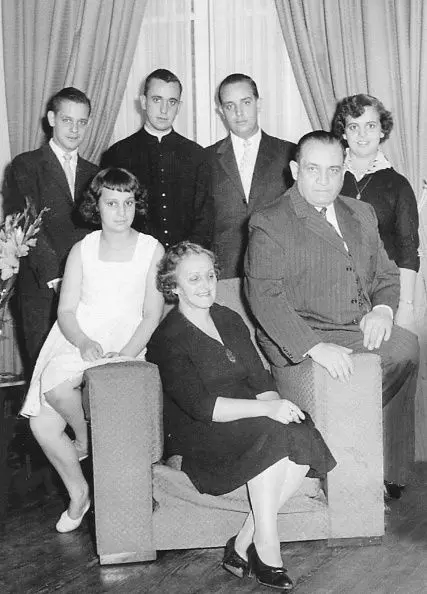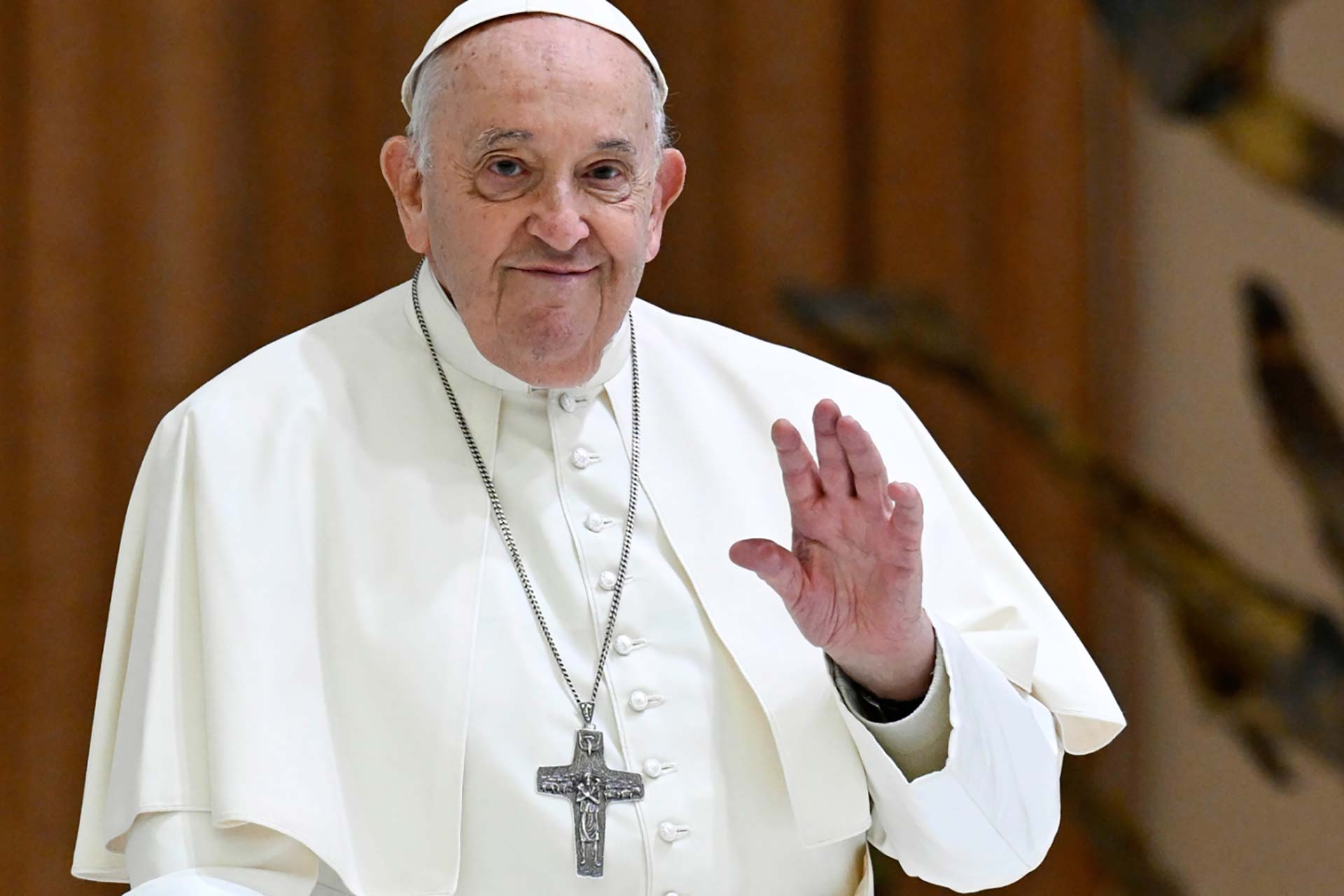
After a long period of illness, Pope Francis passed away at the age of 88. Often labeled a “communist” due to some of his statements, Pope Francis demonstrated through his life, his mission, and even his death that humility is one of the greatest virtues.
Jorge Mario Bergoglio of Argentina took the name Francis (Franciscus) and became the leader of the Catholic Church, with over a billion followers, in 2013. His path to the papacy was itself unusual. In 2005, German Joseph Alois Ratzinger, who assumed the name Pope Benedict XVI, rose to the head of the Church but later retired for various reasons. Although it was described as a retirement, technically, there is no concept of resignation or retirement from the papal office. For the first time in 600 years, a papal election took place due to a withdrawal rather than death. Until Benedict XVI’s death in 2022, there were effectively two popes: Francis, the active one, and Benedictus, the retired one.
Let’s take a closer look at Jorge Mario Bergoglio – the 266th Pope, Francis – and his remarkable character and actions.
BOTH ITALIAN AND ARGENTINIAN
The Pope was born in 1936 in Buenos Aires, the capital of Argentina. Although he is known primarily for his Argentine identity and as the first Latin American pope, he is actually Italian by descent. His father was an Italian immigrant who settled in Argentina, and his mother was born in Buenos Aires to an Italian immigrant family.
His education and spiritual journey were anything but conventional. He studied to become a chemical technician before entering the seminary. After studying humanities and philosophy in Argentina and Chile, he taught literature and psychology at high schools. After completing theology education, he was ordained as a priest in 1969. By 1973, he had become the head of the Jesuit Order in Argentina.
He was the first pope to come from the Americas and the Jesuit order, and the first non-European to be elected in nearly 1,300 years.
A LIFE AND DEATH IN HUMILITY
As the first pope to take the name Francis, he was inspired by Saint Francis, who chose poverty. His commitment to a simple, humble lifestyle – initially questioned – proved sincere as he remained modest until his last breath.
In the Vatican, which he viewed as Europe’s last monarchy, he chose to be a “people’s pope” and “one of the people” rather than an imperial one. From his very first appearance on the balcony, he distinguished himself from previous popes – wearing no ornate cape, red shoes, or golden cross. He preferred to live in the Santa Marta Guesthouse instead of the Papal Palace. He even turned the traditional papal summer residence into a museum, as he found it too palatial.
He requested not to be buried in the grand St. Peter’s Basilica, where popes are traditionally laid to rest, but in the much more modest Church of Saint Mary. At the time of his death, it was revealed that he had no possessions and had never touched his papal salary.
REFORMIST OR MARKETING GENIUS
Some saw Pope Francis as a reformer, others as a marketing genius. Let’s review some of his notable actions and let you decide:
- He behaved in ways not typically expected of a pope. After every Sunday prayer, he asked the public to pray for him – until then, it had only been the reverse.
- One of the most difficult issues any pope faces is undoubtedly the Church’s sexual abuse and pedophilia scandals. He apologized many times, though his actions were often seen as insufficient. He made it mandatory to report abuse cases and those who attempted to cover them up. He forced Cardinal Theodore McCarrick, accused of pedophilia in the U.S., to resign. In Chile, he initially defended Bishop Juan Barros, accused of covering up abuse, citing a lack of evidence – but later admitted he was wrong and removed him from office.
- He criticized the Church’s authoritarian stance on sensitive issues such as homosexuality, divorce, and birth control. He opposed the idea of a Church obsessed with private and sexual lives, saying the gravest sins belong not to the body but to the soul.
- “If a homosexual person is seeking God and has good intentions, who am I to judge?” he said. He ensured, through official documents, that couples outside Church norms – such as divorcees or those remarried – would not be excluded.
- He advocated for a Church that welcomes everyone.
- However, he remained firm in his view that abortion is murder, and that doctors who perform it are “hired killers.”
- His criticism of social injustice and capitalism led many to label him the “communist pope.”
- He showed deep concern for environmental and climate issues.
- He called for compassion toward migrants, beginning his papacy with a visit to Lampedusa.
- He hugged the sick, washed prisoners’ feet, and called for a “revolution of mercy.”
- He appointed the first woman to a ministerial position in the Vatican.
- He opened religious assemblies to civilians, including women.
- He restructured the Vatican administration known as the Roman Curia.
- He implemented reforms to bring transparency to the Vatican.
- He made the finances of the small yet wealthy state more transparent and subject to scrutiny.
- He promoted dialogue not only between Christian denominations but also with other faiths.
- Though late, he condemned Russia’s actions in Ukraine.
- He called the situation in Gaza a “genocide.”
THE IZNIK DREAM THAT NEVER CAME TRUE
After becoming pope, Francis visited Istanbul and met with Patriarch Bartholomew. He also visited the Blue Mosque with then-Religious Affairs Director Mehmet Gormez and offered a prayer.
He was scheduled to return to Türkiye on May 20, 2025, to visit Iznik with the Patriarch on the 1700th anniversary of the First Council of Nicaea, held in 325 – a cornerstone event in Christian doctrine.
His final meeting was with U.S. Vice President JD Vance. Shortly after Easter, Pope Francis suffered a stroke and passed away.
Will the Catholic Church stay on the reformist path, or will the conservatives take the helm once more? One thing is clear: the Vatican will never be the same again after Pope Francis.










